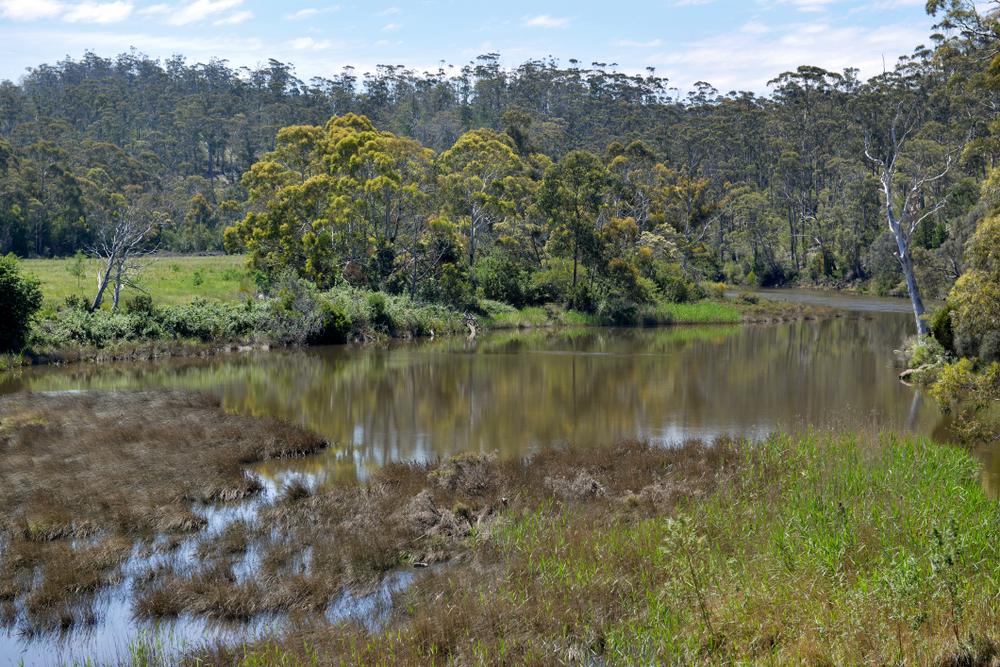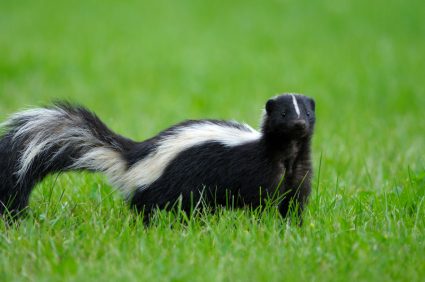
Tree frogs are fascinating creatures, known for their vibrant colors, unique adaptations, and the sweet symphony they create during twilight hours. Many people, however, wonder where these intriguing creatures go during the day. In this in-depth guide, we’ll explore the daytime habits of tree frogs, including their preferred hiding spots, what influences their behavior, and how they protect themselves from predators.
During the day, tree frogs seek out cool, shady spots to rest and regulate their body temperature. They often hide in trees, burrow into mud or vegetation, or find other secluded locations that offer protection from predators and harsh environmental conditions. Their daytime locations can include under rocks, logs, leaves, and other debris, as well as in holes and crevices in trees and bushes. Some tree frogs are known to hide in plain sight, blending in with their surroundings.
The Daytime Behavior of Tree Frogs
Tree frogs are primarily nocturnal, meaning they are most active at night. During the day, they seek out cool, shady spots to rest and regulate their body temperature. They often hide in trees, burrow into mud or vegetation, or find other secluded locations that offer protection from predators and harsh environmental conditions.
Tree frogs have evolved to have excellent camouflage, with skin colors that allow them to blend in with their surroundings. This camouflage, along with their arboreal lifestyle (spending most of their time in trees or other elevated vegetation), helps them avoid predators and survive in their natural habitats.
Preferred Daytime Locations of Tree Frogs
Tree frogs can be found in various locations during the day. These include under rocks, logs, leaves, leaf litter, and other debris. They can also be found in holes and crevices in trees and bushes. In backyards, they can be found at the base of trees or in bushes.
Some tree frogs, like the green tree frog, are known to hide in plain sight during the day, blending in on cattails and palm fronds inconspicuously. Gray tree frogs, on the other hand, hide in tree holes, under bark, in rotten logs, under leaves, and under tree roots when inactive.
Factors Influencing Tree Frogs’ Daytime Behavior
Tree frogs’ daytime behavior is influenced by several factors, including temperature preferences, moisture requirements, predators, and environmental conditions. They are ectothermic animals, meaning the environment regulates their body temperature. As a result, they are susceptible to changes in temperature. During the day, tree frogs seek out cool and shady spots to avoid overheating. They may also bask in the sun to warm their bodies and increase their metabolism.
In terms of predator avoidance, various predators, including birds, snakes, and mammals, prey upon tree frogs. During the day, they may hide in trees or bushes to avoid predator detection. They may also use camouflage to blend in with their surroundings and avoid detection.
Predators of Tree Frogs
Tree frogs have a variety of predators, including snakes, birds, carnivorous mammals, and fish. The presence of these predators influences the behavior of tree frogs in several ways. For instance, the red-eyed tree frog places its eggs on leaves above tropical ponds where they may be attacked by egg predators such as tree snakes, wasps, and pathogenic fungi.
Human Impact on Tree Frog Behavior
Human activities and changes in the environment do impact where tree frogs go during the day. Human activities such as deforestation, agriculture, logging, and urbanization drastically alter the habitats of tree frogs. When their habitats are destroyed or altered, they often cannot disperse to new habitats and are forced to cope with the ensuing environmental changes.
Climate change also poses a significant threat to tree frogs. Changes in climate can alter the relationship between native species and their environment. Warmer temperatures can cause tree frogs to become more active during the day, increasing their predation risk. Changes in precipitation patterns can also affect their moisture requirements and the availability of suitable habitats.
In conclusion, tree frogs’ daytime behavior plays a crucial role in their survival, feeding habits, mating rituals, and overall life cycle. These fascinating creatures have developed unique adaptations that allow them to navigate their environments successfully, making them a captivating subject of study. By understanding where tree frogs go during the day, we can better appreciate these remarkable creatures and the vital role they play in our ecosystems.











